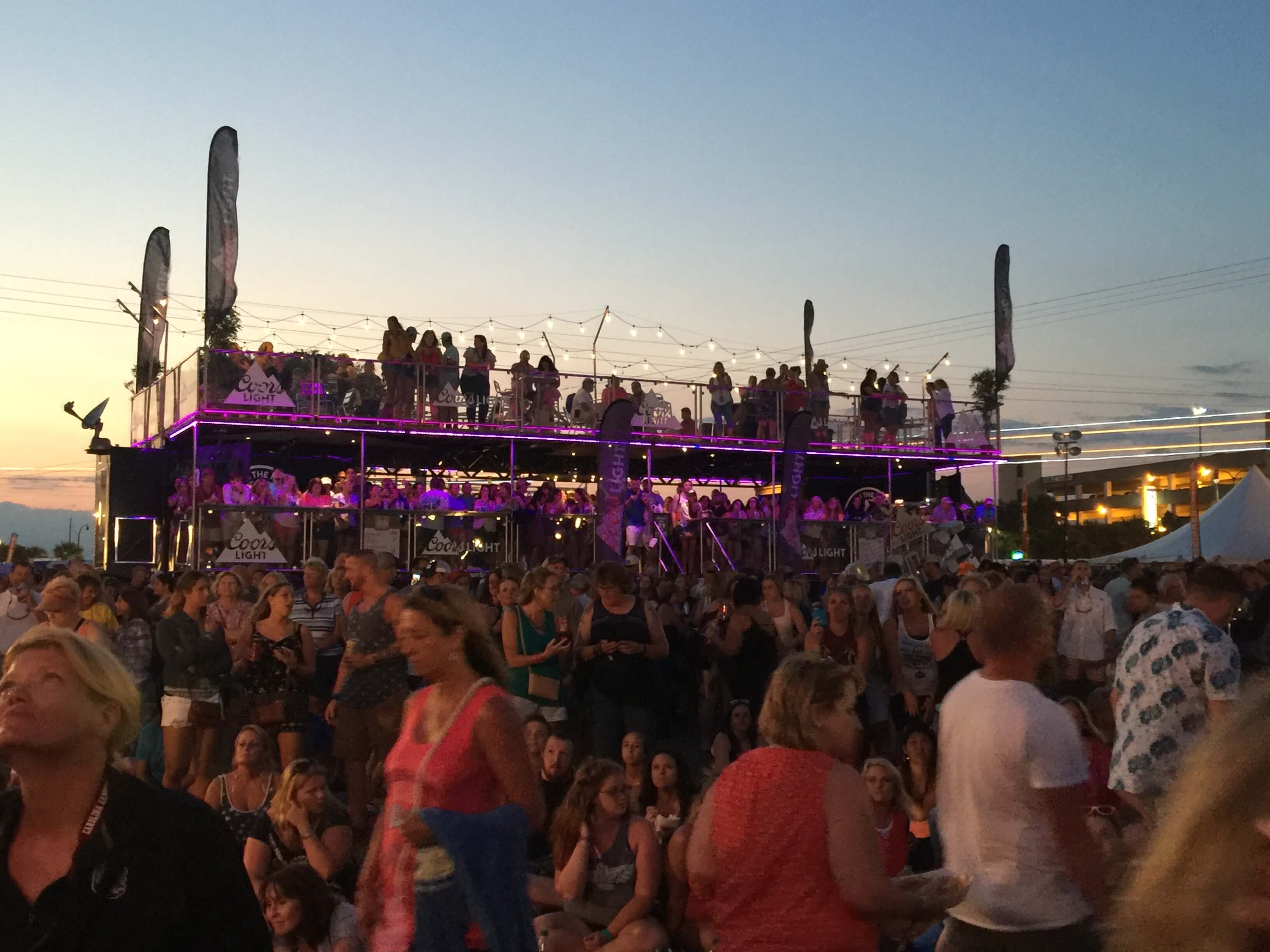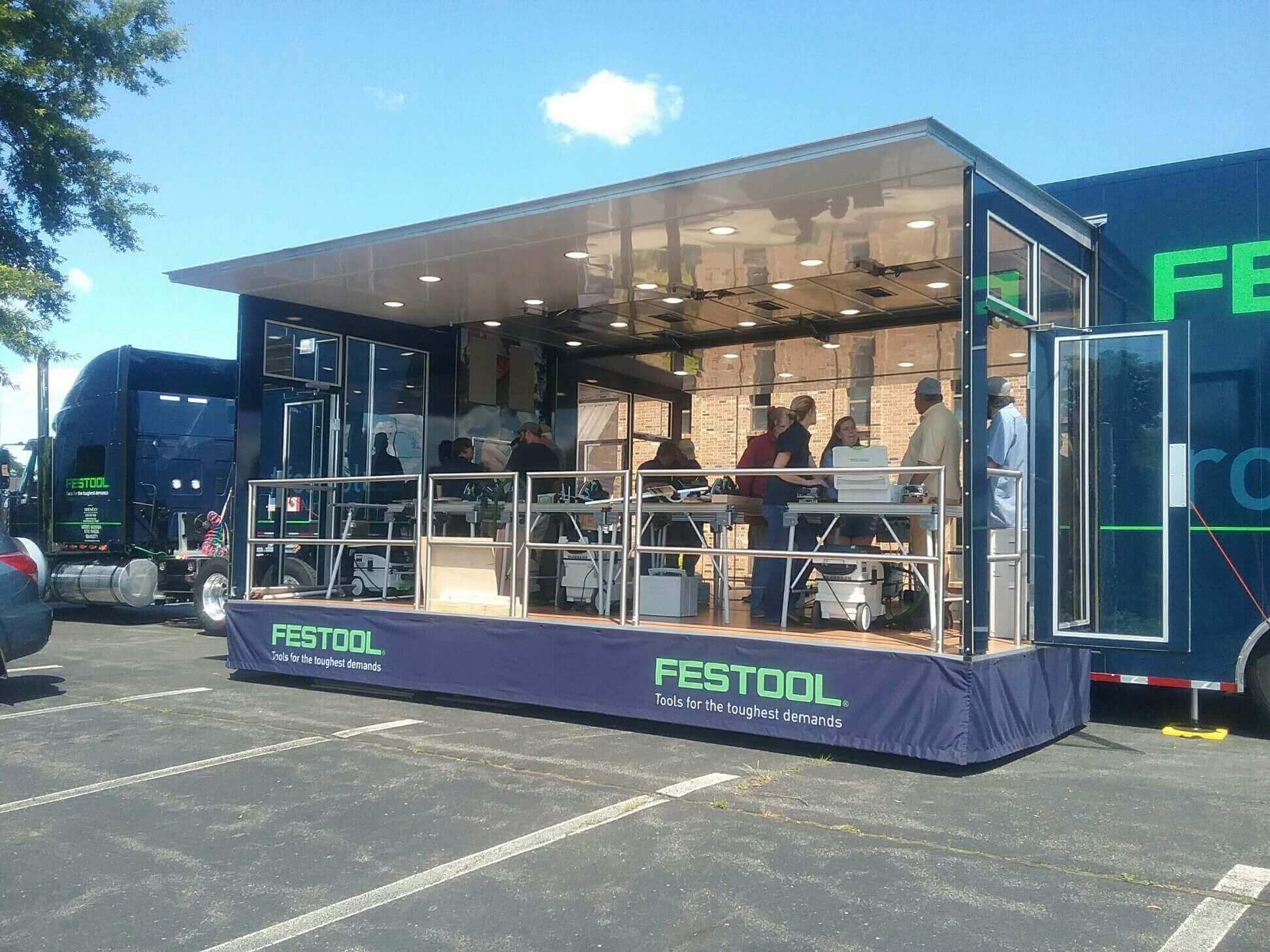More consumer segments are turning to the internet for shopping, news, and social interaction than ever. Understandably, this has led many marketers to shift much of their attention to figuring out how their brands can survive and grow online. In the process, they run the risk of losing a vital link to their consumers.
In this article, we’ll take a quick look at why experiential marketing has become an even more vital part of the communication mix, especially as big brands have turned more of their attention to online interactions. And it starts (and ends) with what more consumers are looking for and what messages they are ignoring from brands.
Audiences are more marketing-savvy. Period.
We all talk about how adept Millennials and Gen Z are at ad blocking and ignoring efforts to engage with them online. However, the overwhelming state of marketing throughout every media channel has led to a number of changes in how audiences perceive and filter marketing communication. All audiences are becoming better at tuning out the noise of pop ups, banner ads and click bait.
At the same time, audiences are better able to see through marketing strategies and tactics that either don’t accurately reflect the brand experience, try too hard to latch onto pop culture or a specific cause, or overtly “nudge” the customer with urgent “only 2 spots left” language. Today’s audiences (and tomorrow’s, for that matter) see through it all. Even social influencers aren’t immune. Skepticism abounds due to the spread of a new type of “social influencer” whose followers are nothing more than bots created to artificially inflate the influencer’s value.
Experiential marketing programs that are done well give your audience the opportunity to engage with your brand firsthand and in the moment, in environments where they are more open to receiving your message. The one-to-one interaction with your brand creates a connection that increases the likelihood that your other communication will find a receptive audience long after the event has passed.
When your customer feels good about the experience, particularly Millennials and Gen Z, they tend to let others know about it. Back in 2016, one experiential marketing software firm pinned the percentage of millennials who had shared a photo on social media from a branded event at 81%. 71% used the event’s hashtag on social. 67% followed the brand on social. 56% signed up for an email list.1 While the numbers may have shifted since then, what would you do to get even half that level of interaction?
Authenticity gives experiential marketing programs an edge.
While Millennials and Gen Z spend increasing amounts of time online, in the real world they are seeking authentic experiences that align with their interests. In addition, these audiences are seeking connections with brands that match their values. Experiential marketing events and roadshows create the opportunity these audiences desire.
The key is making sure the experience is consistent with your brand as a whole and consistent across the program. To cite an example from an ongoing fast food crisis, talking about how great your chicken sandwich is can fall flat if you run out of chicken sandwiches. Experiential programs provide the platform by which to deliver what your brand has promised and create opportunities to continue the engagement via other channels after the fact.
One-to-one interaction moves customers along the continuum.
We touched on it before, but to throw some data into the picture, here are two key numbers to keep in mind (from industry research2) when considering experiential marketing events.
- 74% of respondents say that they are more likely to purchase products that are promoted at a live event (EventTrack, 2016).
- 70% of users become regular customers after finding a brand at an experiential marketing event (Aventri, 2019).
These numbers are only part of the picture, but they do raise a compelling point. One-on-one experience with your brand can be an effective means for developing customer relationships: going from trial to conversion, conversion to loyalty, loyalty to advocacy.
Note that nowhere in this post do we suggest that digital or traditional marketing channels are obsolete. In reality, experiential marketing should be a meaningful component of a 360-degree approach to marketing your brand. We’ve touched on three reasons why in this article, but there are many, many more.
If you'd like to explore how experiential marketing applies to your brand, click here to email me and have a conversation to learn more.
CASE STUDY
3 ways to grow revenue
- Increase # of customers
- Increase average spend per transaction (upsells)
- Increase buying frequency
- Increased customer appreciation
- Increased customer retention
- Increased customer satisfaction
- Increased customer engagement
For Potential Customers:
For current customers:
Why do I believe that?
- Research shows the average human with a large social circle will only create and maintain relationships with 150 people. We’re not physically limited, but mentally limited, in the size of groups we create.
- If that’s true, you have a salesman with their 150-person network, maybe which 25% are actual buyers (whooo! Way generous again!) – 38
- If 38 are buyers, how many are buying this year? 25%? Maybe… 10. Less than 1 big deal a month? Now we’re getting into ranges that might sound familiar to you if you’re a sales manager.
- If every new client has a 3-year Lifetime Value of $10,000, you will be generating $100,000 in enterprise value (realized over the next 36 months) for every $50,000 investment.
- If those are your numbers, good system - hire more salespeople.
- A 40 week campaign will generate 4,000 leads.
- 25% will be qualified – 1,000
- 25% will close - 250
- If you closed 250 deals at an enterprise lifetime value of $2,500,000, wouldn’t that work out better for you?
- You’d need 25 salespeople to do the same thing
- If you just put your salespeople in a position to talk to 4,000 people, wouldn’t that work out better for you?





